This article was originally published in Spring 2010.
Outdoor Japan contributor Neil Hartmann sits down with Jake Burton in Niseko for a casual chat about travel, life lessons and the current state of board design. After 30 years at the helm of snowboarding’s biggest corporation, Jake continues to be down to earth, easy-going and always looking for a good time.
Seven years ago, I spent a week with Jake and his family as a local guide in Hokkaido. At the time they were in the middle of a year-long around-the-world trip, and we started our conversation by revisiting that tour.
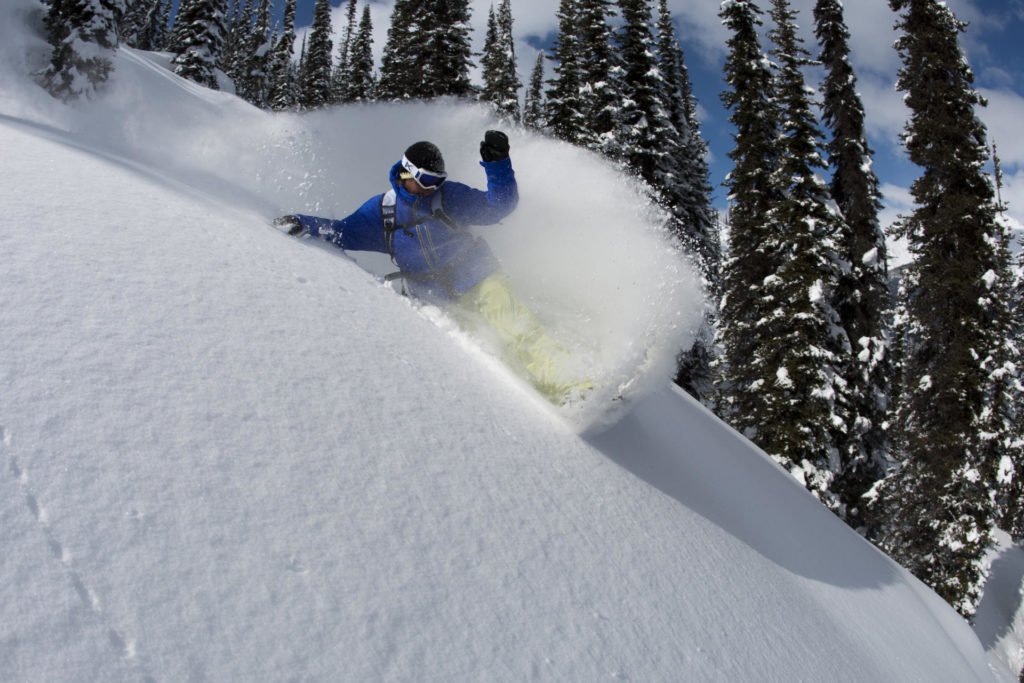
Neil: The last time I saw you was seven years ago during your around-the-world trip. You were on the road for a year and spent a month in Japan during the trip; how did that affect your life?
Jake: Well, it affected my whole family’s life; it changed our perspective of the world. We had an incredible time everywhere, surfing and following winter, but I think going to third world countries and seeing how people live without any of the trapping we have is pretty. It just makes you think a lot about what you have and what is important in life, because some of those people are happier than we will ever be and they don’t have anything. So it is pretty eye-opening in that regard.
I have never come to Japan for more than a week to 10 days, so to have a month here was a phenomenal experience. To really see what the people do in the company and see what goes on in the whole riding scene. I felt as if we were part of it. When you go to a place for a month, and your family is there, you just really slide right into the lifestyle.
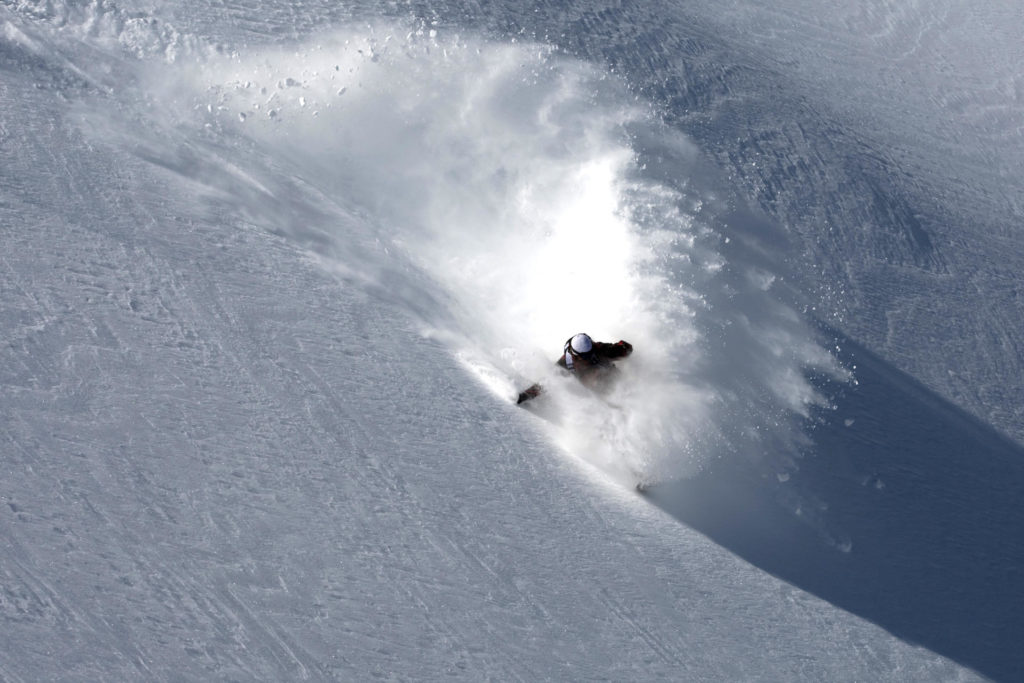
N: It stops being travel and starts to feel like home, right? What about the experience of actually going home? How was that?
J: One of the reasons I wanted to do it, was the fact I had gotten pretty bitter about my travel routine. I would go to ISPO and maybe get in a few days riding or go on a surf trip, but it was starting to become a routine. I wasn’t appreciating the travel a lot. Then after being on the road for a year, we got home, and I realized what a great lifestyle I have to start with.
Like this trip now, I am so stoked to be here this time. Before we went around the world, I had sort of done the same routine over and over for 20 years, and it had gotten to the point where I had lost sight of how fortunate I am. So it really opened my eyes to that. Getting home, we all felt different, just so lucky to have been through something so unique and special.
N: Has all your travel always been action oriented? Do you need a specific goal to travel?
J: Pretty much. Donna, my wife, always gets one trip a year that is just chill. This past summer we went to California for sales meetings, then with the whole team to Mexico to surf, then to Chile to snowboard and surf, and then finally we went over to Europe and took a barge trip. This was in central France, and you spend four days on a barge drinking wine on the river, sometimes jumping off to cycle around a little bit. I thought I was going to shoot myself before the trip, but it was super fun.
On the around-the-world trip, I was afraid to do an African safari, sitting in a 4WD watching animals. I mean, I love animals but I was like, “I don’t know,” but again it was super cool. So even though we don’t do many trips like that, I can totally appreciate how people can travel just to experience cities and cultures.
N: Do you know how many times you have been to Japan, and what your first trip here was like?
J: Probably like 25 times. I came over in the very early ’80s with Doug Bouton. That was way back in the day. We were just showing people how to snowboard back then. I remember one thing we did was a live TV show. The boards back then were not easy to ride on hard-packed snow. So we had to ride down this icy packed run, right up to the camera and balance there, it was…stressful.
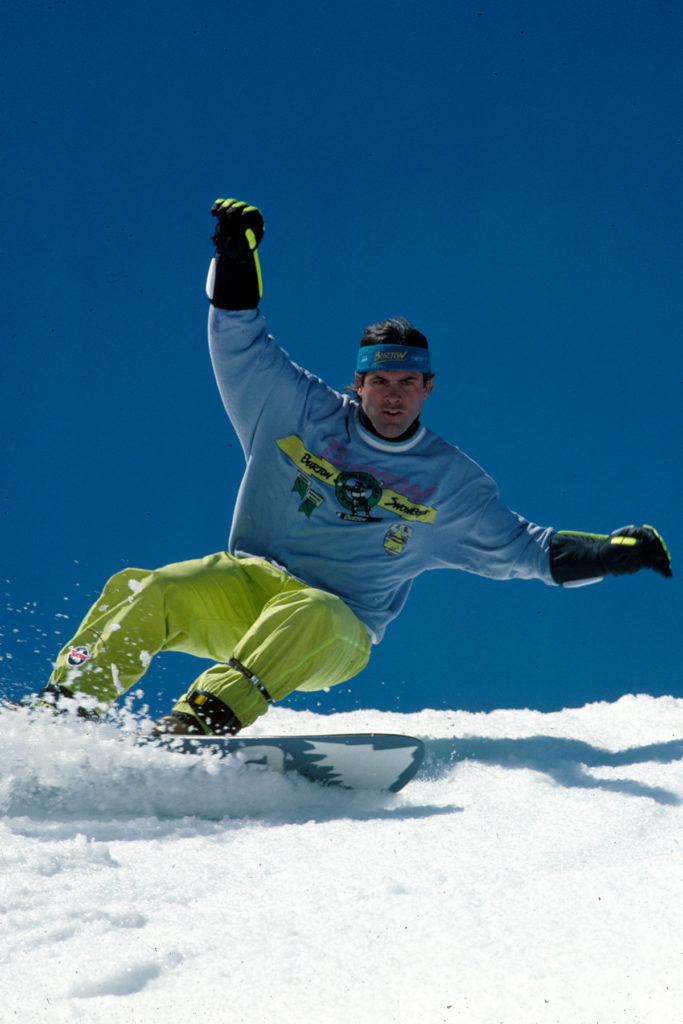
N: Japan is certainly not a third world country, but I know a lot of people get frustrated with the culture or maybe the food. Did you ever have any problems here?
J: When I first came here, I was not very appreciative of the food, nor was I very adventuresome. But Donna is a freak about food, and she really opened my eyes to a lot of things. When we went around the world, I really got into the sushi. I am not that big on cooked fish, but I will eat raw fish all day long, and I have Japan to thank for that. I used to only eat yakitori at Japanese restaurants in the U.S., but now I go straight for the sushi, I love it. You just have to be open-minded and try new things.
N: If someone asked you for advice before going on a trip to Japan, in what direction would you point them?
J: I would say go to Tokyo first; you are going to get a dose of one of the most interesting cities in the world. Tokyo for me is right up there with New York, you know, a must-see city. Then I would say, take a trip to Tenjindaira (in Minakami, Gunma) or come here where we are now, Niseko. A combination trip to Tokyo and Niseko is the ultimate without a doubt.
I have my 13-year-old son Timmy with me on this trip. So yesterday morning we had to get up at the crack of dawn and drag all our stuff to the airport, wait for the plane, then ride in cars and buses to get here. It feels like a struggle, but then we arrive and it is snowing so hard. It is just magical. It takes a second to forget about all the travel stress.
N: That seems to be the essence of snowboard travel, just getting through the stress of getting there.
J: Yeah, it is the same with surf and snowboard travel, dealing with airports and different cultures, and then you get that first wave or first powder turn, and it makes it all worthwhile. Your memory seems to wipe clear any of the pain trying to get there.
N: Where do you do most of your snowboarding now?
J: Home in Vermont, western Canada, a little Japan and some Europe, but home is my favorite spot. It doesn’t snow there like it does here in Niseko, but I still love an epic powder day with my friends near home. Then stopping by my wife’s food store on the way home, maybe watch a (American) football game or whatever. Riding at home is special for sure. I think all the traveling I do makes me appreciate home even more. Everybody needs a home mountain; for some people it might be 500 miles from their house, but you have to have your “spot.”
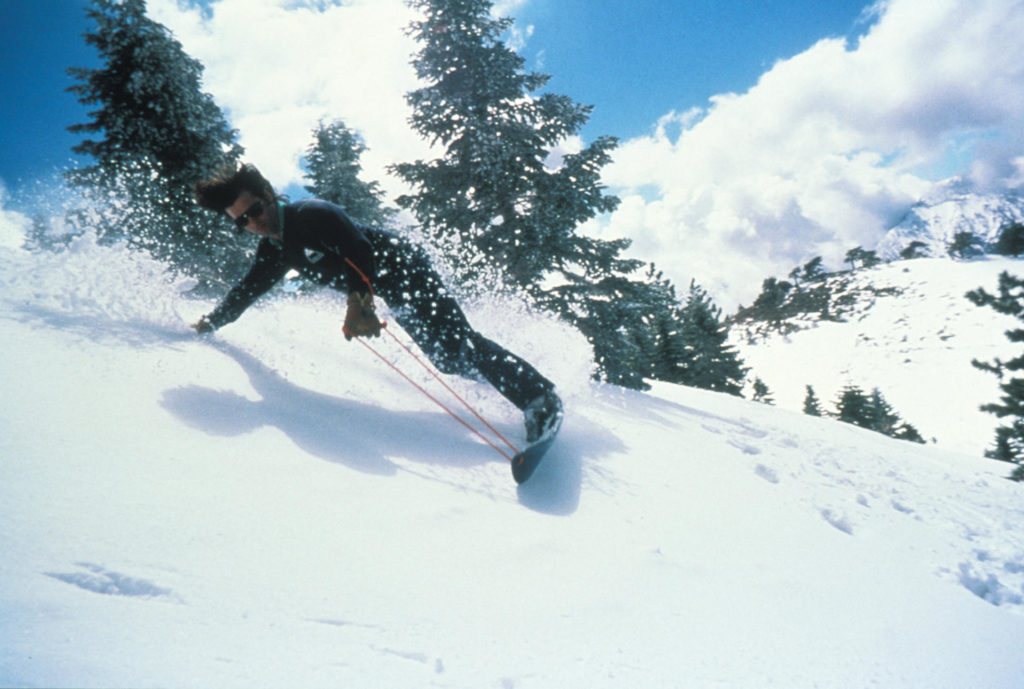
N: Tell me a little bit about the board you are riding right now.
J: Right now I am riding a board called the Whammy Bar. I have been riding reverse camber boards and rocker boards for a while, and I like “loose” boards. I don’t mind drifting into a turn at all. I love camber boards, I like locking into a turn, but there is something about the reverse camber. I have a 2010 model “Joystick” with me, and I really love that board too.
(Editor’s note: Boards with camber, or a concave sole, are designed to carve through the snow holding an edge at high speeds. Reverse camber or “rocker” boards have edges raised off the board slightly, so the ride is “looser.”)
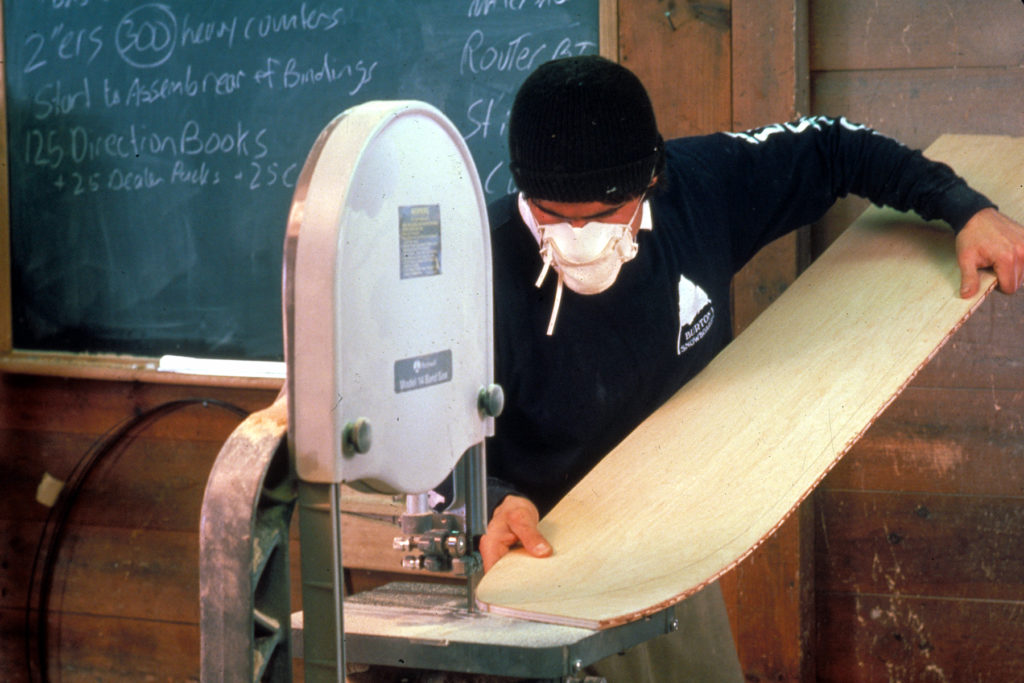
There is something about that feeling of being loose on the board. I have so much experience riding, I can let the board drift in a turn and know I am not about to hit that tree. I think enjoying that looseness comes a lot from surfing; I also do a lot of tree riding at home, so I want a board that is quick and light. It is a different quickness from a camber board that goes edge to edge quickly. The reverse camber gets sideways quickly and is so responsive. It is also forgiving for trying jumps and tricks.
N: If the Whammy Bar was a car, what model would it be?
J: I think it would be more like a boat, you know what I mean? With a boat you have to anticipate your turns a little earlier, you set one in motion and then just kind of drift into it. I think it rides kind of like that. There are times when it is fun to be in a sports car and have super grip, but there is something I like about drifting. Of course, I don’t do super technical tricks. I am just cruising around having fun.
N: It seems to be an interesting time in board design right now.
J: Oh yeah, it has finally gotten three-dimensional. I mean you talk to Al Merrick about surfboard design, and he talks about “fitting a board into a wave.” Surfboard shapes are so far ahead. Now snowboards are starting to come into the third dimension. We have had the ability to pump out designs on computers for a long time, but adding this third dimension with a shape to the base, a base contour I think it is totally going to open up the sport.
There is a base shape called the “Flying V.” Danny Davis rides that in icy half pipes and does double corks—so amazing to watch. He is a guy whose riding I really look up to. He is fun and loose. He is technical because that is what it is about now, but certainly rooted in fun and style.
I think we have just scratched the surface with board design, but if I had to choose one shape to ride for the rest of my life, it would be the Flying V.
Jake continues to talk animatedly about the latest in board design. I try to listen attentively, but my mind drifts for a moment. Here is a man who has dedicated more than half his life in the pursuit of making a better snowboard yet still talks about it with the passion of a student just out of college. It is inspiring to see someone so dedicated to a single purpose and so high on life. Ride on Jake, I’ll be following your tracks.




